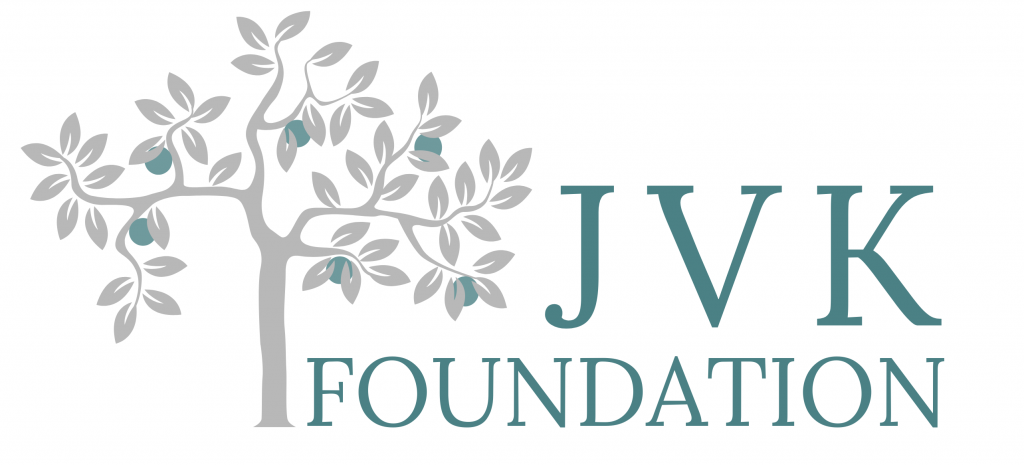POTS falls under the umbrella of dysautonomia. It develops more often in adolescents and young adults. It is more common among Caucasians and Asians and affects females more than males (5:1 ratio). Approximately two-thirds of adolescents with POTS are female. Although there’s no known cure for POTS, a multi-faceted approach to treatment means rehabilitation and recovery is possible for many teens.
Defining POTS
POTS is characterized by symptoms in multiple organ systems and an abnormal increase in heart rate upon standing (30 bpm in adults, 40 bpm in teens). Hence the meaning of the name:
Postural: relating to posture or position the body
Orthostatic: relating to or caused by an upright position
Tachycardia: a heart rate that is too fast or increased heart rate
Syndrome: a group of signs and symptoms that occur together
In adolescents ages 12-19, POTS is characterized by an increase in heart rate of greater than 40 beats per minute (bpm) with little, if any drop in blood pressure when moving from a lying to a standing position. Hence the name:
Presentation of POTS in Teens:
The presentation of symptoms in teens is the same as other age groups. They may experience frequent symptoms of palpitations, lightheadedness, dizziness, near fainting and fatigue. The standing heart rate of patients with POTS is often greater than 120 beats per minute (bpm).
Other symptoms POTS patients may experience include:
- Lightheadedness, faintness
- Syncope (fainting)
- Short term memory loss
- Mental clouding (brain fog)
- Difficulty finding words
- Difficulty with depth perception
- Sensory integration issues (light and motion)
- Paresthesia (tingling, prickly, pins and needles sensation) unilateral/bilateral
- Migraine headaches
- Fatigue
- Exercise intolerance
- Heat intolerance
- Temperature dysregulation
- Abnormal sweat (Anhidrosis = too little; Hyperhidrosis= too much)
- Abnormal tears
- Abdominal pain
- Abnormal tears
- Nausea
- Constipation
- Diarrhea
- Intermittent gastroparesis (partial paralysis of the stomach)
- Reflux
- Flushing
- Circulation issues
- Palpitations
- Difficulty breathing
- Vomiting
- Muscle weakness or hypotonic (low muscle tone)
- Anxiety or depression
- Tinnitus (ringing or other noises in one or both ears)
- Weight gain
- Panic attacks
POTS symptoms can change and become worse depending on the environment, situation, or other biological factors.
- Standing for long periods of time
- Warm environments including hot showers or baths or being in the sun
- During menstruation
- Pregnancy
- Strenuous exercise
- Illness (viral or infection)
- During or after a stressful situation
It is not uncommon for POTS symptoms to appear in adolescents as they start puberty. Some parents may chalk up symptoms like fatigue, brain fog, and trouble sleeping to their teen’s physical growth, changing hormones, busy schedule, or late-night study sessions and poor sleep routines. However, if these symptoms accompany difficulty standing up and an abnormal increase in heart rate upon standing (40 bpm in teens), they may be dealing with POTS.
What causes POTS?
The medical community knows that no one is born with POTS, but it does not know what causes this autonomic nervous system disorder. It’s believed there are multiple causes. The onset of POTS may be sudden, or the symptoms may develop slowly over a period of a few months for others. According to the Cleveland Clinic, there’s evidence that POTS could be an autoimmune disease. While the exact cause is not known, the following conditions or circumstances may precede the onset of POTS:
- Viral or bacterial infection
- Pregnancy
- Physical trauma including concussions, car accidents, spinal injury among others
- Surgery
- Autoimmune conditions (notably Sjogren’s syndrome or celiac disease)
Note: A long period of bedrest can often cause an abnormal heart rate when standing that mimics POTS. This is a typically a temporary abnormality and should not be confused with a full onset of POTS symptoms.
Some POTS patients have coexisting conditions. The following is not an exhaustive list.
- Chronic fatigue
- Migraines
- Fibromyalgia
- Ehlers Danlos Syndrome & Joint Hypermobility
- Autoimmune diseases
- Functional GI disorders
- Mast Cell Activation Syndrome (MCAS)

Diagnosing POTS
Providers can confirm a suspected case of POTS with an orthostatic vitals test. This test can easily be done in doctor’s office by a properly trained nurse or staff member. The results reveal data about the patient’s response to orthostatic stress. There are other more involved and expensive diagnostic tests, including the tilt table test, that can be used as well.
The tilt table test is done to see how the body reacts to changes in position without the use of the large muscles in the legs which act as a secondary muscle to increase circulation. A tilt-table test is helpful when a patient presents with POTS symptoms, but their heart rate does not reach a 30 to 40 bpm increase. By eliminating the use of the leg muscles, with a tilt test a provider can determine if the orthostatic stress is causing an abnormal increase in heart rate.
Finding a provider who can accurately diagnose and treat POTS is important. Many dysautonomia patients see multiple providers and specialists before receiving an accurate diagnosis because autonomic nervous system disorders are not taught in medical school.
Treatment and Prognosis
POTS isn’t life-threatening, but it can be very debilitating. There is no cure, but the symptoms can be treated. In fact, there is good news for teens. Rehabilitation and treatment can help them regain their daily activities and lives. In addition, many teens find their symptoms resolve by the time the age of 20.
Treatment starts by finding a provider who understands or is willing to learn about and treat POTS. A family-based approach to treatment and support of the patient is most effective. However, it’s important for the teen patient to engage and take ownership of their healthcare at an age-appropriate level.
Here are a few of the top pharmacological and non-pharmacological treatments. All treatment should be done under the care of a provider, include:
Non-Pharmacological Strategies:
- Increasing water intake to keep your blood volume up (2-3 liters fluid daily is recommended)
- Adding sodium (salt) to your daily intake. Salt helps to retain fluid volume in your (5-9 grams of salt daily is recommended).
- Movement and/or exercise daily is recommended. Some patients may benefit from physical therapy, aquatic therapy, cardiac rehab
- Diet changes: Eat smaller, more frequent meals to aid in digestion. Large meals worsen dizziness because they shunt up to five times more blood into the abdominal area. This causes a drop in blood pressure also known as postprandial hypotension). Some patients find it helpful to incorporate salty snacks.
- Wearing compression garments to avoid excessive pooling of blood in the legs and abdominal area.
Top Pharmacological Dysautonomia Treatments
- Fludrocortisone: Increases blood volume and blood pressure. May help in reducing plasma NE with long-term use. (Orthostatic intolerance and orthostatic hypotension.) Increase dietary sodium for maximum effectiveness. Ideal in low doses.
- Midodrine: Tightens blood vessels, increases blood pressure and prevents fainting. (Orthostatic hypotension, POTS and other forms of dysautonomia.) Can cause supine hypertension.
- Beta-Blockers: Decrease heart rate, blood pressure and adrenaline effects. Prevents fainting. (POTS and hyperadrenergic hypertension.) Known to cause mast cell degranulation.
- Pyridostigmine: Increases blood pressure and muscle strength. Reduces breakdown of Acetylcholine in ANS. (Chronic orthostatic hypotension.)
At TDP we say that patient education is the number one form of treatment because we know that understanding POTS empowers the patient and their family members to advocate for diagnosis, treatment, and rehabilitation. The Dysautonomia Project website has resources to get you started. In addition to our website resources, we recommend the following books:
- The Dysautonomia Project book is our definitive guide on dysautonomia. It’s written by a patient and doctors for patient and doctors. We recommend taking one to your provider if they are not familiar with autonomic nervous system disorders.
- Tired Teens: Understanding and Conquering Chronic Fatigue and POTS by Philip R. Fischer, M.D., Professor of Pediatrics at Mayo Clinic.
Many POTS patients find that a combination of treatments involving medications, diet and lifestyle changes, physical therapy, and even alternative treatments, can help them manage their symptoms. With the right provider, family support, and treatment plan, teens with POTS have every reason to be hopeful that they can manage their symptoms and find a sense of normalcy once again. If you think you’re seeing the signs and symptoms of POTS in yourself or in your teen, we encourage you to read the following resources on the TDP website:
POTS: Postural Orthostatic Tachycardia
Autonomic Disorders Assessment for Undiagnosed Patients
Autonomic Disorders Assessment for Diagnosed Patients
Videos
POTS: Rehabilitation in Teens and Young Adults with Phil Fischer, MD
































2 Responses
Who has access to the patient assessment on this website?
Hi Colleen,
Everyone has access! If you navigate to the Home Page or Patient Page, there is a tab on the right side of your scroller that says “Patient Assessment Tool”